Proper spacing?
lazybonz
14 years ago
Related Stories
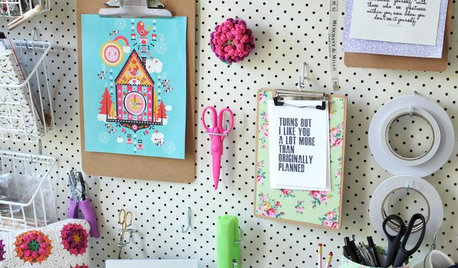
CRAFTS20 Ways to Organize Your Craft Space
Tired of looking for a needle in a haystack? Giving tools and supplies a proper place steps up productivity and cuts down on frustration
Full Story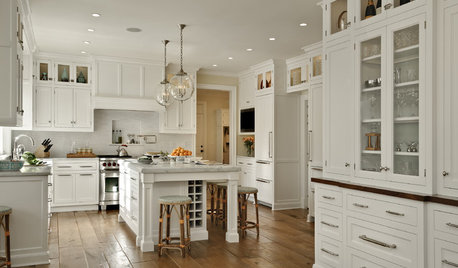
KITCHEN DESIGNDream Spaces: 12 Beautiful White Kitchens
Snowy cabinets and walls speak to a certain elegance, while marble counters whisper of luxury
Full Story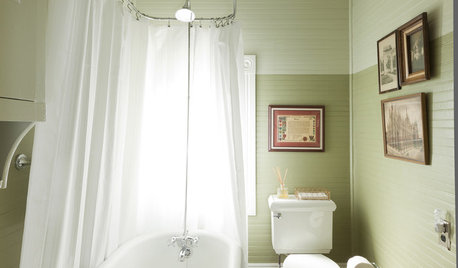
MOST POPULAR7 Soothing Spaces: How to Use Color to Create Calm at Home
Started your new year on the wrong foot? Feeling the February blahs? Maybe you need a color fix in your home
Full Story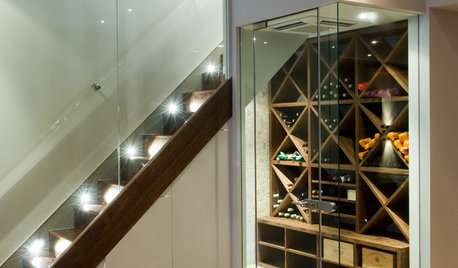
WINE CELLARS7 Steps to Create a Connoisseur's Wine Cellar
Showcase your wine to its best advantage while ensuring proper storage conditions. Snooty attitude optional
Full Story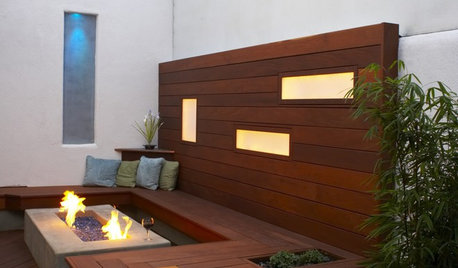
LANDSCAPE DESIGNGarden Design Essentials: Proportion and Scale
Tiny features in an expansive landscape miss the mark. Here's how to make sure your garden elements relate properly
Full Story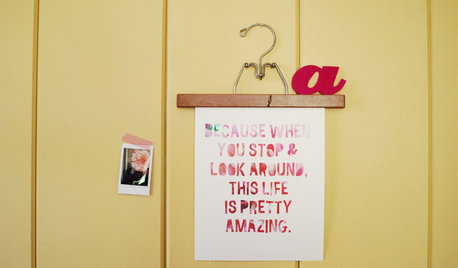
HOME OFFICESArtist's Studio: 7 Stellar Ways to Show Your Work
Your own handiwork is the best advertisement if you showcase it properly. These 7 ideas for creative display send just the right message
Full Story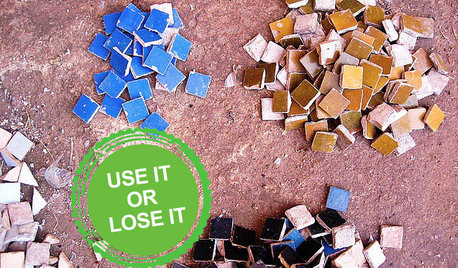
REMODELING GUIDESLose It: What to Do With Leftover Building Materials
See how to properly dispose of your extra brick, wood and paint — or make something cool with it instead
Full Story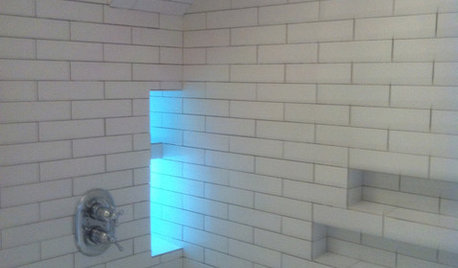
BATHROOM DESIGN10 Top Tips for Getting Bathroom Tile Right
Good planning is essential for bathroom tile that's set properly and works with the rest of your renovation. These tips help you do it right
Full Story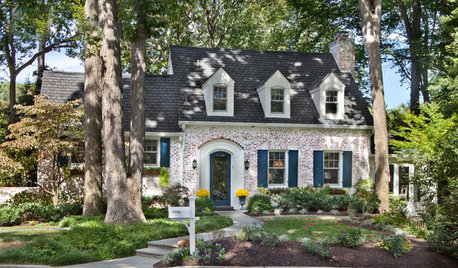
REMODELING GUIDESFinish Your Remodel Right: 10 Tasks to Check Off
Nail down these key details to ensure that everything works properly and you’re all set for the future
Full Story
KITCHEN DESIGNSmart Kitchen Investment: Lighting for Function and Good Looks, Too
Save your eyes, lift your spirits and give buyers what they want with proper kitchen lighting. Two designers share their insight
Full Story






justaguy2
colokid
Related Professionals
College Park Landscape Contractors · Damascus Landscape Contractors · Fuquay-Varina Landscape Contractors · Glendale Heights Landscape Contractors · Plainview Landscape Contractors · Northlake Landscape Contractors · Browns Mills General Contractors · Fitchburg General Contractors · Mount Laurel General Contractors · West Melbourne General Contractors · Draper Decks, Patios & Outdoor Enclosures · Houston Decks, Patios & Outdoor Enclosures · Monroeville Decks, Patios & Outdoor Enclosures · Port Saint Lucie Decks, Patios & Outdoor Enclosures · Glendale Decks, Patios & Outdoor Enclosuresdigdirt2
bigdaddyj
catman529
digdirt2
anney
lazybonzOriginal Author
justaguy2
york
lazybonzOriginal Author
megpi
tn_veggie_gardner
austinnhanasmom
kdawg
californian
austinnhanasmom
tdscpa
solanaceae
bwillie
lazybonzOriginal Author
solanaceae